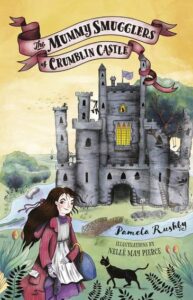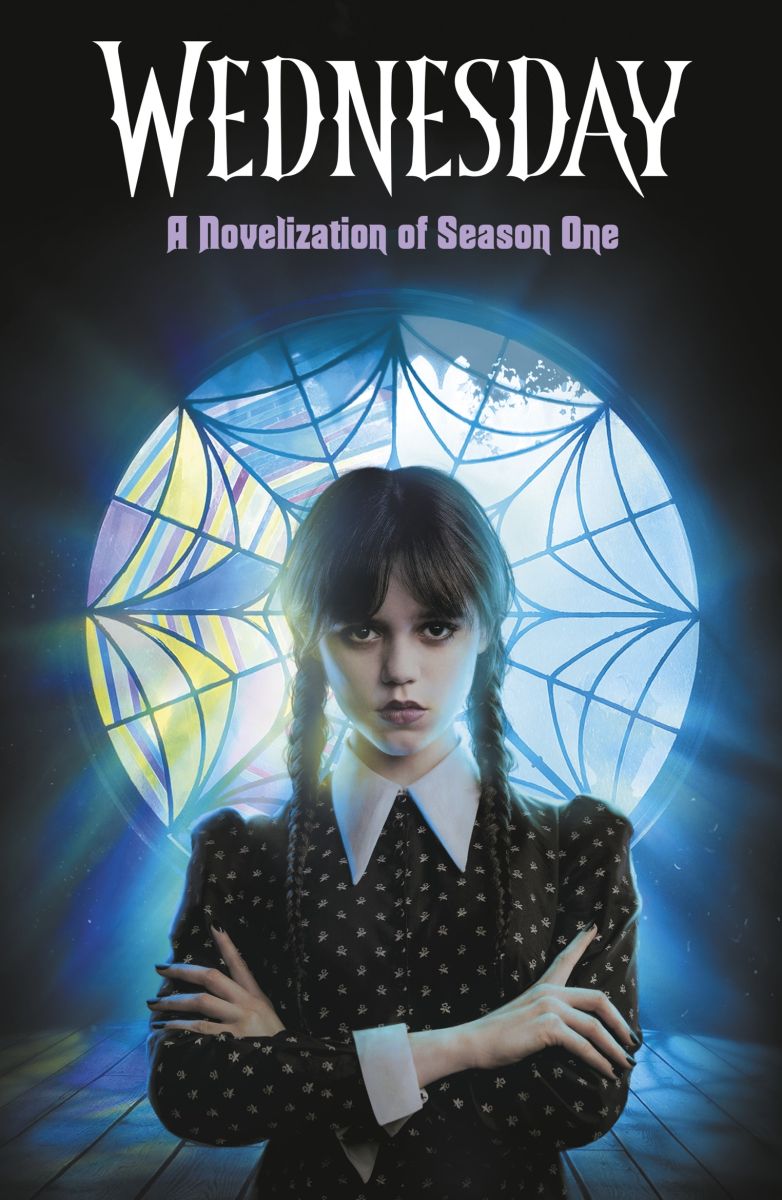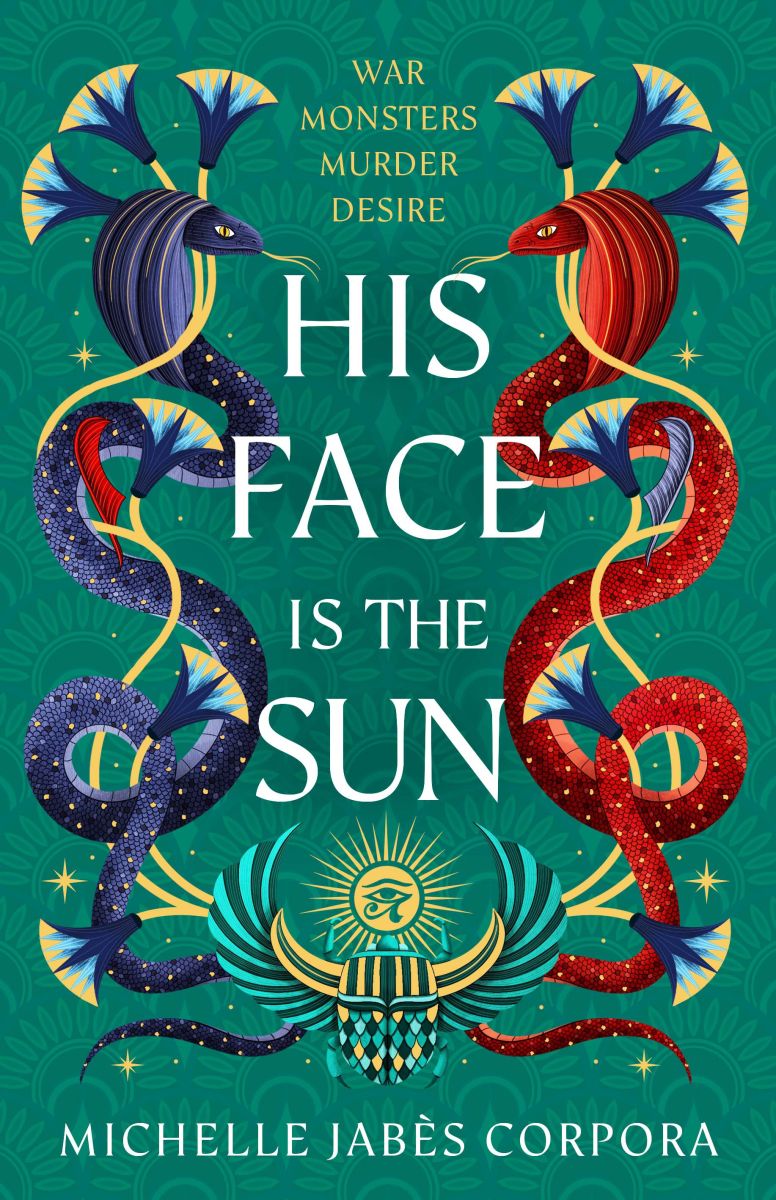
The Mummy Smugglers of Crumblin Castle
By Pamela Rushby
Illustrated by Nellé May Pierce,
Reviewed by Annaleise Byrd

With an appealing main character, sinister baddies and a touch of magic, prolific Australian author Pamela Rushby’s delightful new middle grade novel is one confident readers can really sink their teeth into.
Set in 1873, the novel opens with twelve-year-old orphan Hattie learning her guardian has been eaten by a crocodile. She is to leave her English boarding school and move in with two elderly relatives she has never met. Luckily, Hattie’s ambivalence towards school (and her guardian) means the new arrangement suits her just fine… especially when her new home turns out to be a derelict old castle stuffed with Egyptian trinkets and staffed by a magical cat and her playful kittens.
Hattie loves studying hieroglyphics with great uncle Sisyphus and assisting with great aunt Iphigenia’s “mummy unwrapping parties” (a real pastime in late 1800s England!)—until a new law sees the supply of mummies dwindle. When the family travels to Egypt to source more, many adventures and moral dilemmas ensue.
Quite a few chapters are devoted to the group’s trip up the Nile, which includes visiting various tombs and navigating the treacherous cataracts. Rather than becoming tiresome, however, these are fascinating chapters with an extra dash of ‘armchair travel’ appeal at a time when curling up with a transporting book is the safest way to explore foreign shores. The novel’s richly-described settings and abundance of mummy-related facts are evidence of Rushby’s extensive research.
As Hattie learns more about the ways of Ancient Egyptians—particularly their belief that their bodies must be preserved in order for them to exist happily in the afterlife—she grows increasingly concerned about what happens to the mummies after the unwrapping parties are over. Eventually she takes matters into her own hands, setting in motion the novel’s suspenseful climax and satisfying resolution.
The text is well-served by Nellé May Pierce’s charming illustrations, which should help readers visualise any settings and artefacts they are not familiar with, while the back matter invites readers to consider the ethics of displaying human remains in museums. An engaging read for anyone interested in Ancient Egypt!
Walker Books 2020






